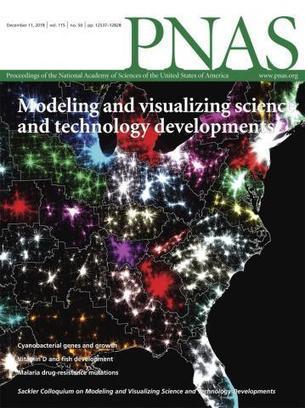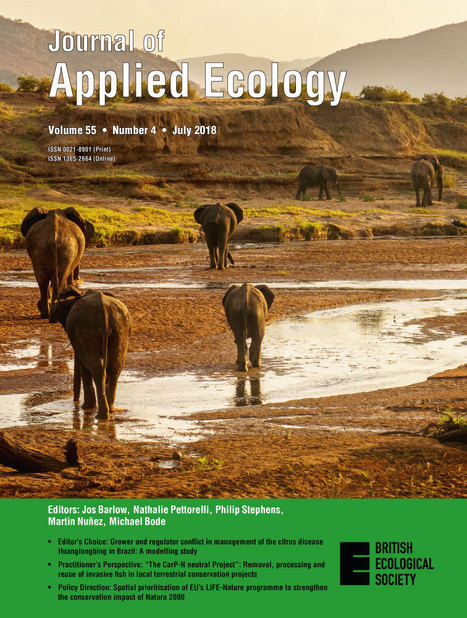Expansive development for urbanization, agriculture, and resource extraction has resulted in much of the Earth’s vegetation existing as fragmented, isolated patches. Conservation planning typically deprioritizes small, isolated patches, as they are assumed to be of relatively little ecological value, instead focusing attention on conserving large, highly connected areas. Yet, our global analysis shows that, if we gave up on small patches of vegetation, we would stand to lose many species that are confined to those environments, and biodiversity would decline as a result. We should rethink the way we prioritize conservation to recognize the critical role that small, isolated patches play in conserving the world’s biodiversity. Restoring and reconnecting small isolated vegetation patches should be an immediate conservation priority.



 Your new post is loading...
Your new post is loading...










Lire aussi sur le site web du Centre de ressources Trame verte et bleue "Continuités écologiques et collision avec la faune : des données aux solutions" Journée d'échanges du mardi 2 juillet 2019, interventions http://www.trameverteetbleue.fr/vie-tvb/groupe-echange-tvb/continuites-ecologiques-collision-avec-faune-donnees-aux-solutions